Welcome to the Age of Mammals“No region in the world shows a more complete sequence of Tertiary land populations, both plant and animal than the John Day Basin.” - Dr. Ralph W. ChaneyPreserved within the assemblages of the John Day Basin is a fossil record that spans over 40 million years. If each time period recorded here is a page in a book, the National Monument holds an entire chapter of Earth’s history which tells the story of changing life and landscapes. Explore each of the fossil bearing assemblages of the John Day Basin and imagine how much life and the landscape has changed in the past 50 million years. What will it look like in another 50 million years? 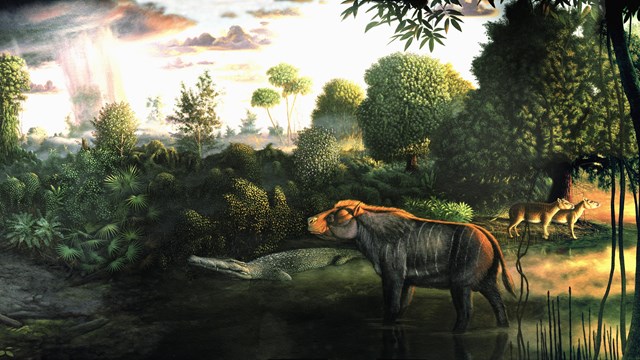
Clarno Nut Beds (44 Ma)
Oregon was a hot, wet, semitropical place filled with a wide diversity of plants including palm trees and avocados. 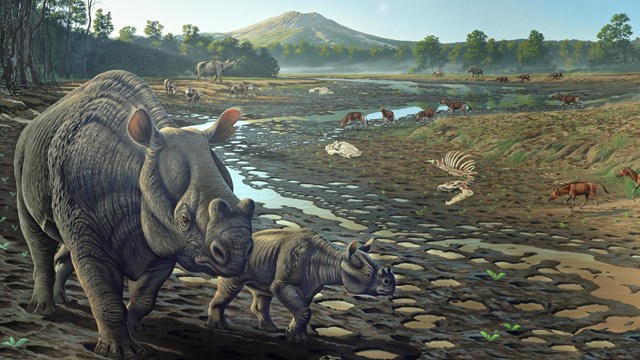
Hancock Mammal Quarry (40 Ma)
Temperatures and rain decrease compared to the Clarno Nut Beds but remained mostly above freezing. 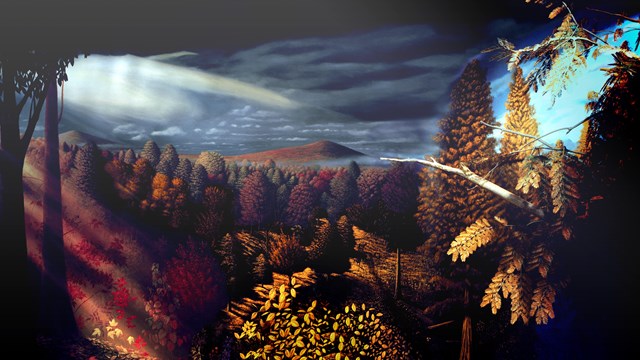
Bridge Creek (33 Ma)
A wide variety of plant material has been preserved in fine grain lake sediment including the Metasequoia, Oregon's state fossil. 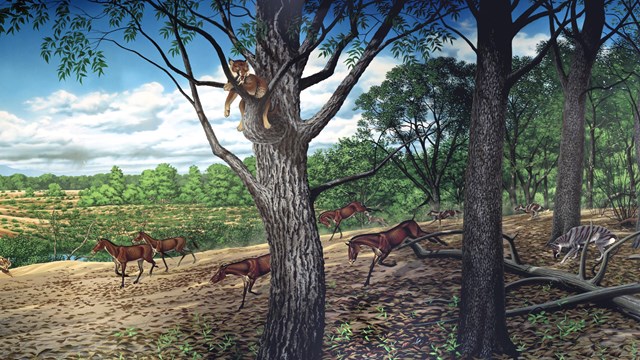
Turtle Cove Assemblage (30-25 Ma)
Turtle Cove is the thickest and most productive fossil-bearing layer within the John Day Fossil Beds, yet few leaf fossils were preserved. 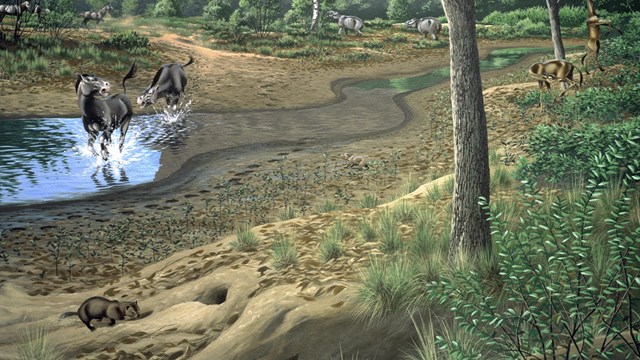
Upper John Day Assemblage (24-20 Ma)
The ecosystem became an open habitat with the appearance of burrowing and running animals. 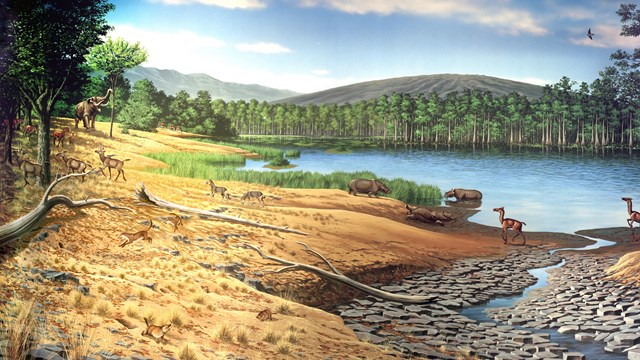
Mascall Assemblage (15 Ma)
Long-legged hoofed animals including horses, camels, and giraffe-deer swiftly crossed open meadows to escape beardogs and cats. 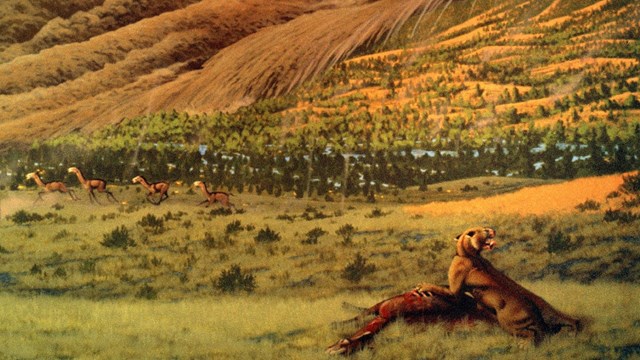
Rattlesnake Assemblage (7 Ma)
The ecosystem preserved here is more familiar to modern eyes- except for the occasional elephant and giant sloth. |
Last updated: January 5, 2023
